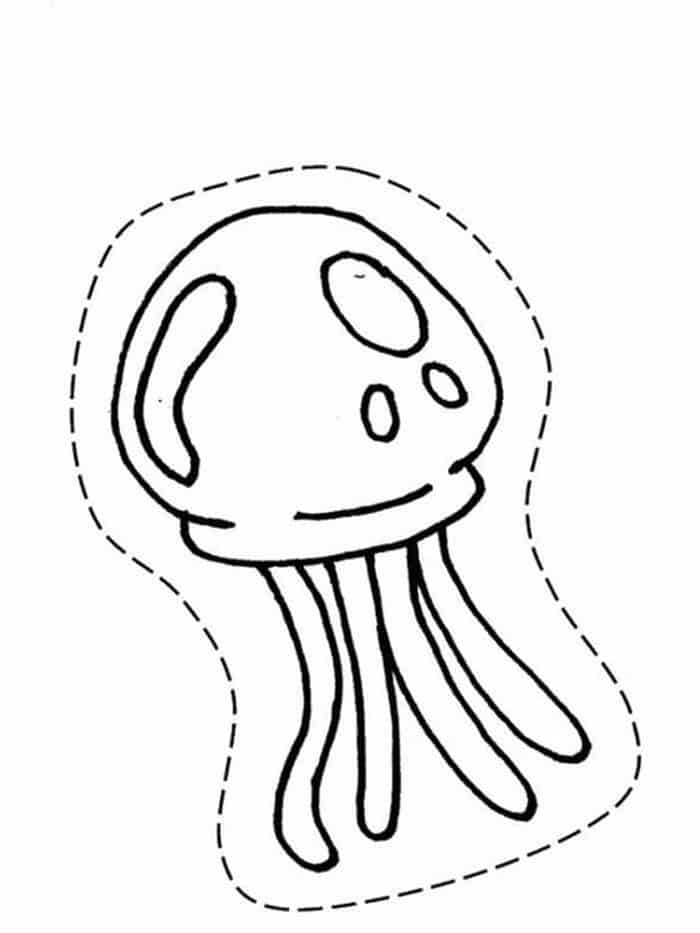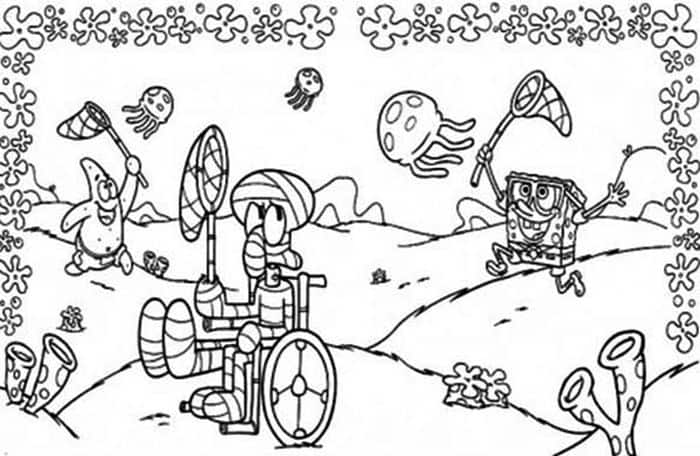Jellyfish live in the sea. They can look very different and colorful. But all species of jellyfish have a kind of glassy body, often in the shape of a clock and usually, they have several tentacles.
However, you can make them be a funny one. You only need to color the jellyfish coloring pictures below with your favorite colors. So let us scroll down the page to get the images you like.
Jellyfish Coloring Pages Online
Have fun coloring Jellyfish pages online, print them out, or save your artwork as an image.














































The shape of these animals is unmistakable: their body (called an umbrella) resembles a bell, from the lower edge of which dozens of tentacles depart, facing downwards.
In a central position, there is a cylindrical structure on the concave side of the body. It is called a dumbbell, at the end of which is the mouth. This is the only opening present in the animal, and it opens in a blind cavity called the gastrovascular cavity.
What makes jellyfish so unpleasant to bathers all over the world are their stinging tentacles: unlike the umbrella, they can cause us annoying wounds. How? Thanks to the presence of hundreds of cells specialized in capturing prey (cnidocytes).
Each cnidocyte contains within it a microscopic capsule (nematocysts). It will enclose a spirally wound filament capable of injecting poison into the prey or enveloping it.
The mechanism that activates these beneficial weapons is mechanical: it is enough that the prey (or the unlucky bather) touches a tentacle to trigger the nematocysts. Although their ability to move is minimal, thanks to this sophisticated system, the jellyfish can prey organisms much more complex and faster than them.
The life cycle of jellyfish varies from species to species and can be more or less complicated and involve different stages. Generally speaking, two steps are identified, which follow one another in the life cycle of an animal in the so-called polyp-medusa sequence.
